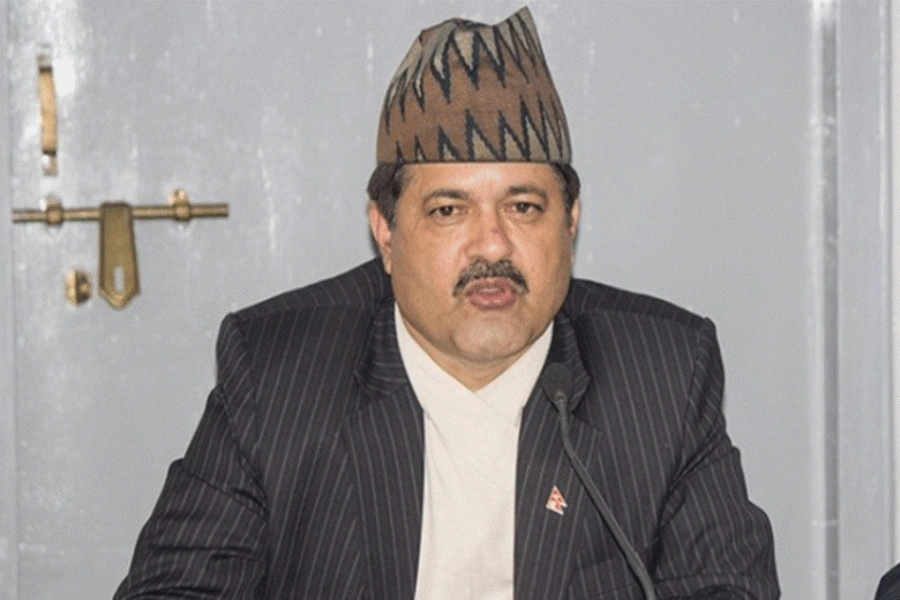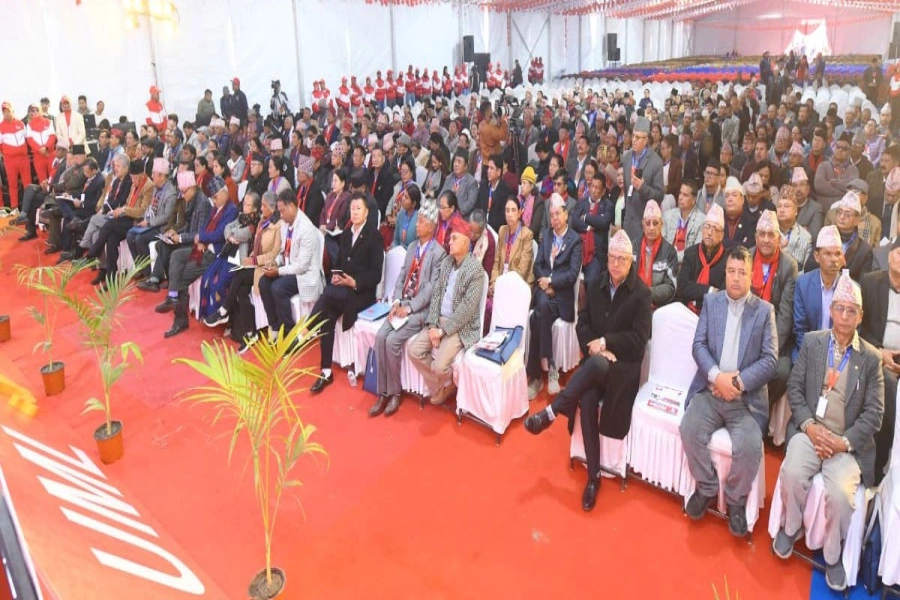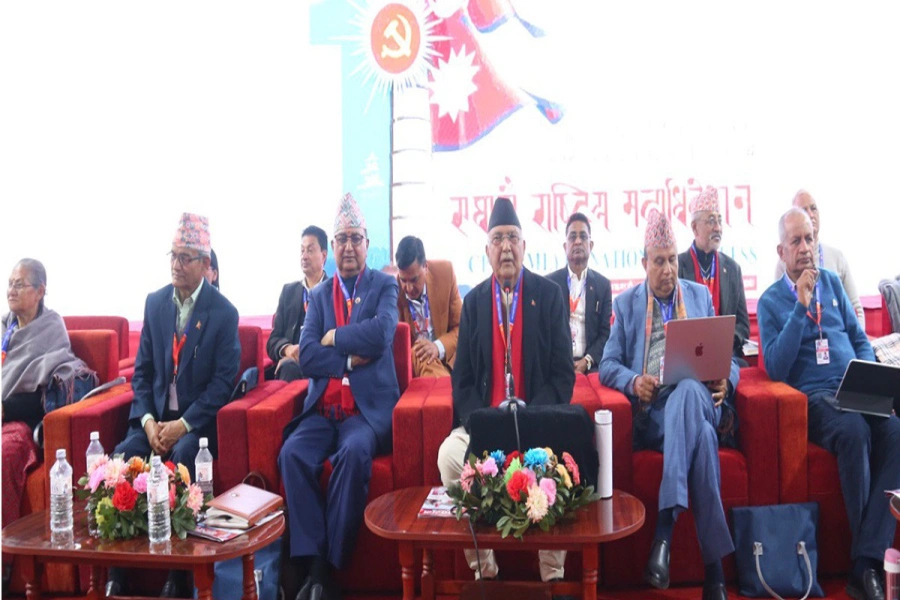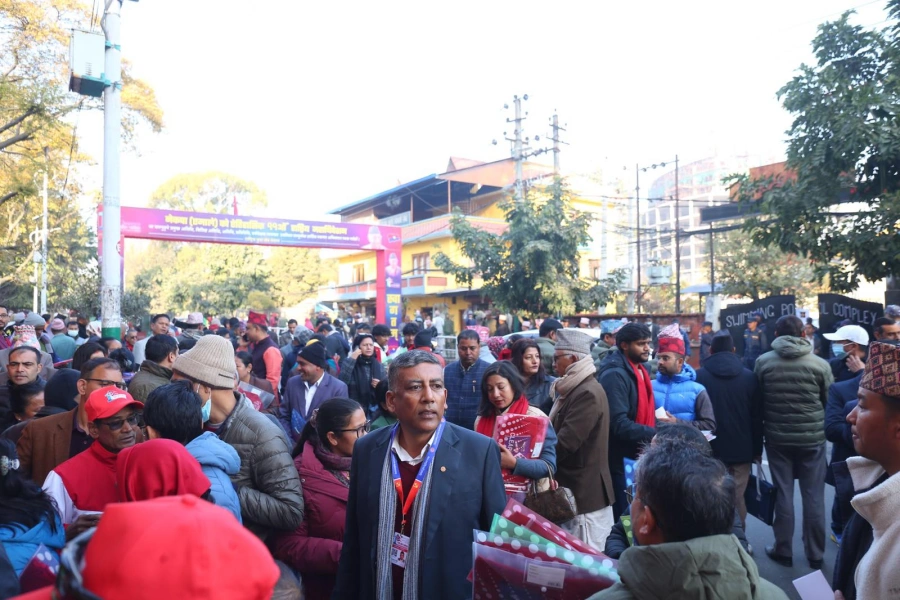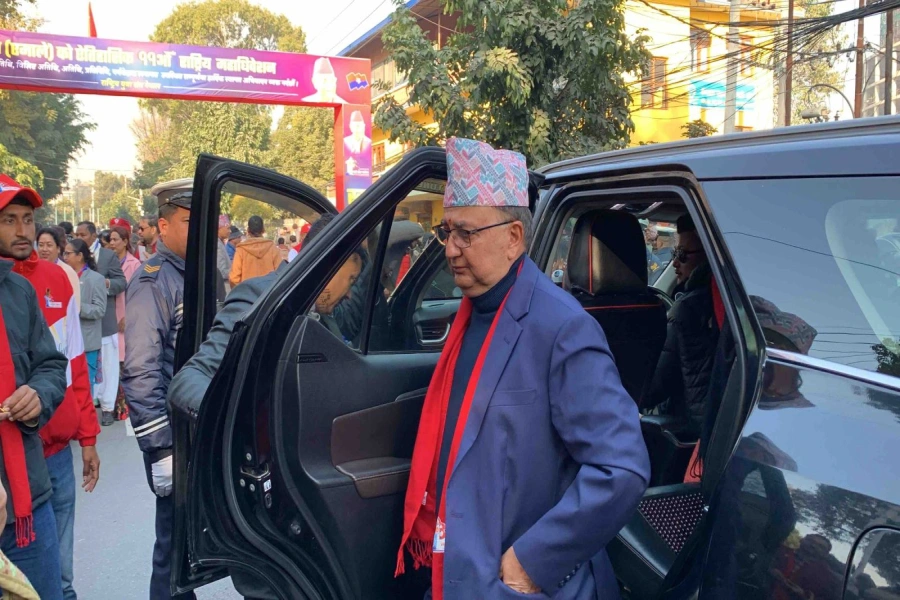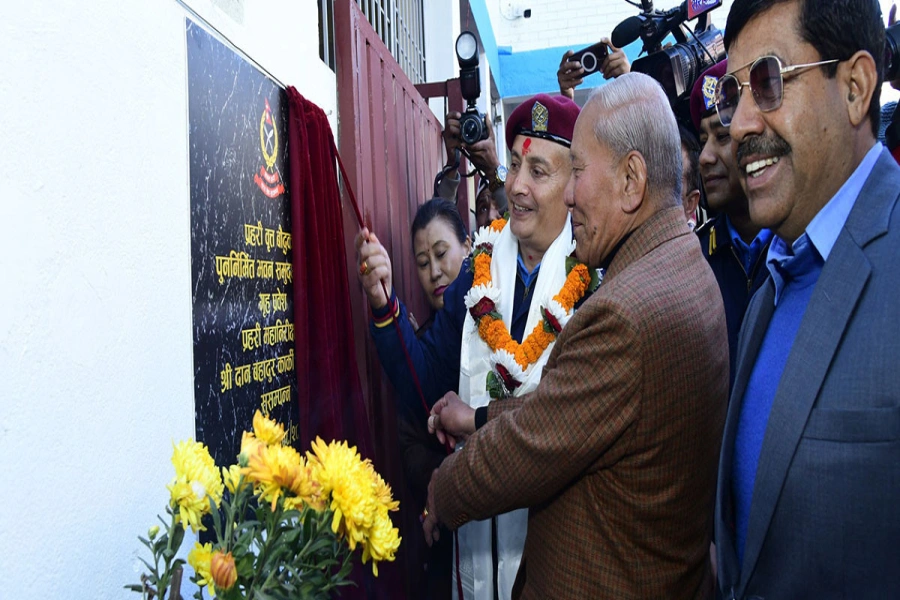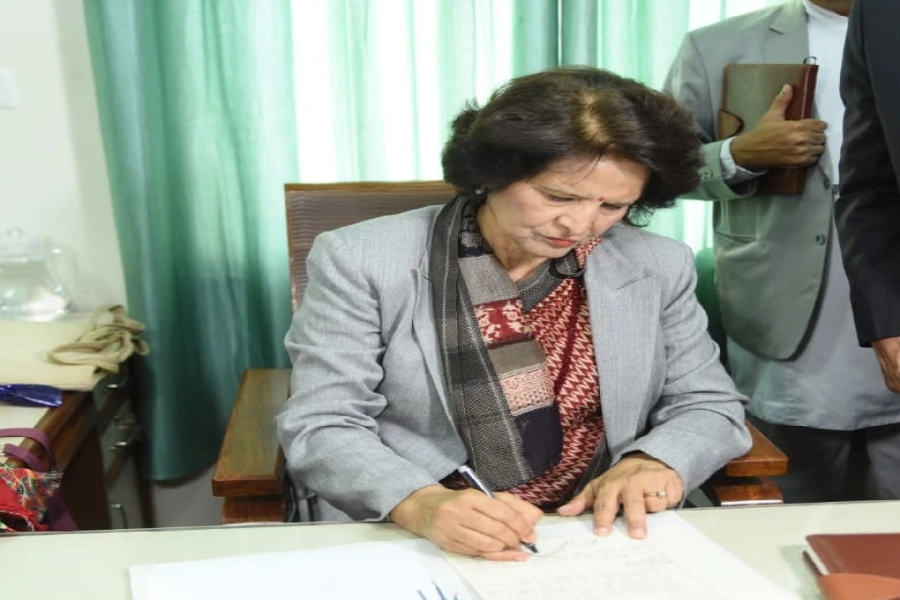RUKBAN CAMP, Jordan-Syria Border March 2: U.N. agencies are ramping up aid delivery to tens of thousands of war-displaced Syrians stuck in the desert on Jordan's sealed border, after months of being denied access, but harsh weather and anxious crowds often disrupt one of the U.N.'s most complex missions anywhere.
Illustrating the logistics challenge, a U.N. convoy taking journalists to a new health center near the Syrian encampment of Rukban got bogged down for hours after heavy rains mixed with hail turned the hard desert floor to mud. After nightfall, Jordanian armored personnel carriers repeatedly had to pull the SUVs out of the soggy soil.
For Rukban residents huddling in flimsy tents and makeshift shelters just a few miles away, the flooding was one more of many hardships, including scarce food and inadequate medical care. Anemia and respiratory illnesses are widespread in Rukban, where two-thirds of the residents are women and children, U.N. health officials said
"I live in a small tent, two meters, and I had to leave my tent yesterday because of heavy rain," said a 39-year-old woman from Rukban who had come to the U.N. health center Wednesday with her 3-year-old daughter, Hawraa, who she said suffered from an infection. "I spent the night at my neighbor's place. The situation is bad."
Another woman, a mother of six in her early 30s, was seeking treatment for an ear infection at the health center. She said her youngest son, Hamid, died in Rukban at the age of seven months as a result of severe diarrhea.
The two women spoke on condition of anonymity for fear of repercussions for talking to the media.
Motorhead’s Lemmy was supposed to be on Josh Homme’s new ‘Deser...

Rukban and a smaller border camp, Hadalat, have grown gradually over the past two years, as Jordan — already host to more than 650,000 Syrian refugees — restricted entry to Syrians fleeing civil war. Population figures are in flux, but the two camps are believed to house between 70,000 and 80,000 residents. Nearly 5 million Syrians have fled their country since the conflict began six years ago.
The camps are located in the area of two parallel earthen mounds, or berms, that roughly mark the border.
Initially, U.N. agencies were able to deliver food and other supplies to the camps from Jordanian territory. In June, Jordan sealed its border in response to a cross-border car bomb attack that killed seven Jordanian soldiers and was claimed by the Islamic State group. Aid shipments were halted, with the exception of one drop of supplies by crane, and conditions worsened in the camps.
In a further complication, rival armed groups and tribes compete for control in the camps. Jordanian military officials have said the IS group is trying to expand its influence over the area, while militants have carried out several attacks in Rukban.
In November, after months of negotiations with Jordanian authorities, U.N. agencies set up an aid distribution center between the two berms, west of Rukban. Separately, a health center was established several miles away, on Jordanian territory.
Food and other supplies are distributed by a private Jordanian contractor, under guard from Jordanian troops, because aid workers are not allowed into the area between the two berms. U.N. officials monitor the distribution remotely through cameras set up on two towers.
Between November and January, some 15,000 families in the two camps received one month's worth of food, along with hygiene kits, blankets and plastic sheets, said Shada Moghrabi of the World Food Program. However, daily distributions had to be canceled 14 times because of bad weather or problems with crowd control, she said.
Aid officials said they are trying to ensure supplies don't fall into the hands of black marketers or armed men by asking each family to pick up its allotment, but acknowledged there is no control over what happens once the coveted goods reach the camp.
Food is available in the camps for a price, but many can't afford to buy staples such as tomatoes or potatoes to make up for the shortfall of rations, said the two Rukban women interviewed at the clinic.
The mother of six said she believes those who picked up her rations because she couldn't go herself skimmed off the top before handing her the food.
"There is no food, and I can't afford to buy food, my neighbors help me and give me food," said the second woman, whose husband left her on her own in the camp.
Maeve Murphy, a senior official at the U.N. refugee agency in Jordan, acknowledged the shortcomings, but said getting supplies to the berm is difficult.
Aid trucks travel six hours every day from the nearest Jordanian town of Rweished to Rukban and back, including 100 kilometers (60 miles) on bumpy desert terrain, she said.
"This is probably the most complex and challenging" of any U.N. humanitarian response, she said.




